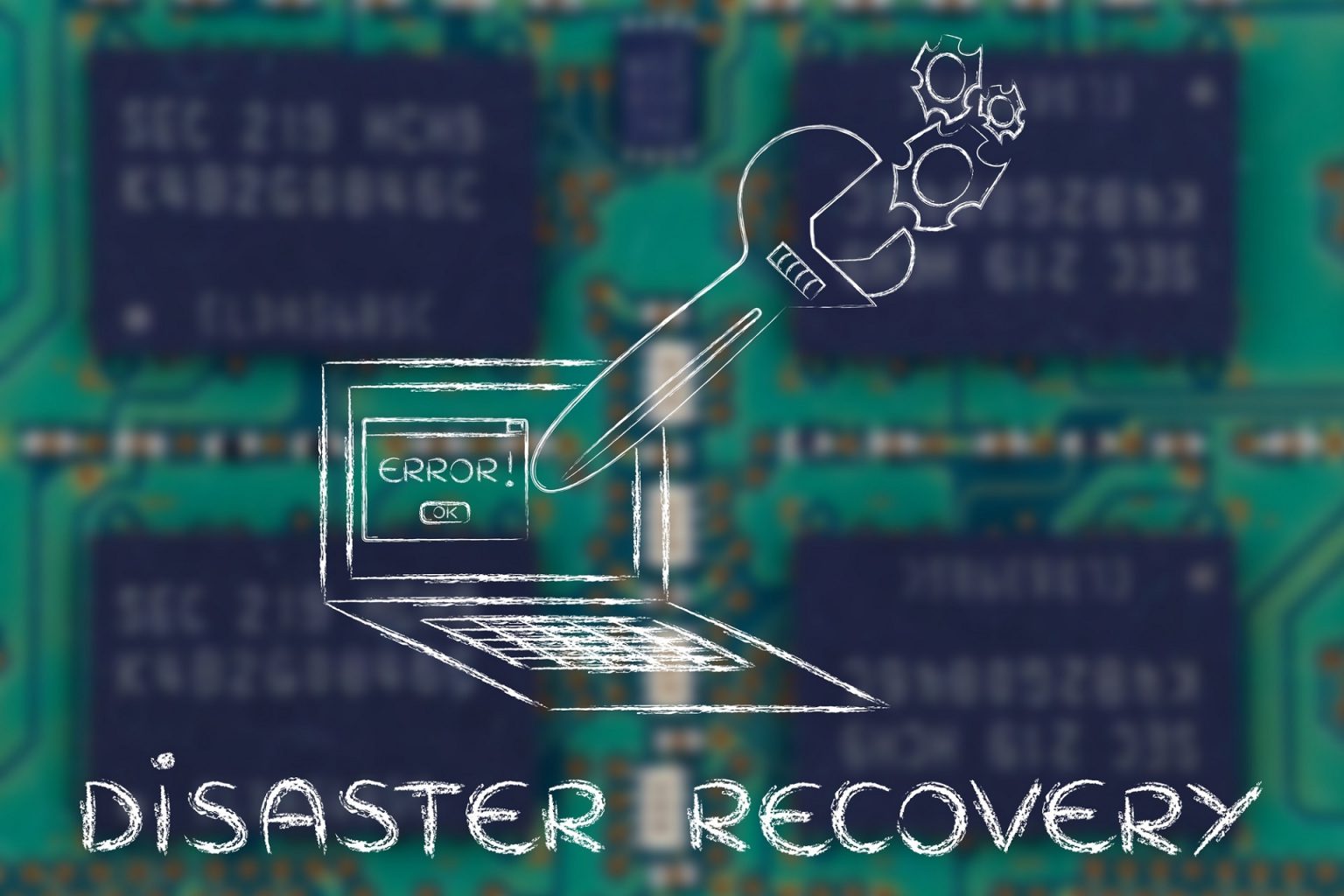A disaster recovery service is a third-party IT solution that offers services to help you recover from IT downtime. This can include everything from a simple remote data backup to fully restoring IT infrastructure to a new location.
There are three primary types of DRaaS–managed, assisted and self-service. Choosing one that best suits your needs will ensure you get the most out of your recovery capabilities.
DRaaS
A DRaaS solution replicates an organization’s physical data servers and applications in a remote environment. When a disaster occurs, end-user access is shifted to those servers, keeping operations running until the primary site can be restored.
Companies use a process called impact assessment to determine what systems are critical and the amount of downtime they can afford. They then set recovery targets, which can vary from one business to another depending on the system dependencies and application availability.
In a managed DRaaS model, third-party vendors take over all responsibilities, from the protection of on-premises and cloud infrastructure to DR testing and validation and operation in a failover scenario. This can be a good option for companies that do not have the time or expertise to manage an in-house DR solution. However, businesses that choose this option must stay in close contact with their DRaaS providers to keep them up to date on infrastructure, application and service changes.
BaaS
BaaS backups your data to a secondary location that can be restored in the event of an IT disaster. This solution follows the 3-2-1 rule guidelines, protecting two copies of your business data offsite.
Backup as a service is usually billed on a subscription basis, with the customer responsible for planning, testing and management of their DR plan. Some vendors offer managed DRaaS, lightening the burden on the customer and making it easier to manage.
Other solutions offer self-service DRaaS, where the client is still responsible for all of these steps but gets support from their provider to help them succeed. This option is typically less expensive but does require careful planning to ensure that processing can be transferred seamlessly in the case of an IT disaster. It also requires a robust set of tools to create an effective DR plan and meet IT recovery goals. It eliminates the need to establish and equip a secondary data center, however.
DR Planning
DR planning is the process of developing detailed procedures for an organization to follow during a disaster. The plan should include all steps necessary to recover from a disaster and return to normal operations as quickly as possible. It should also include methods for keeping the plan current with any significant internal or external changes.
Typical DR plans involve backup servers that are located in an alternate facility or third-party datacenter. When a physical disaster or equipment failure occurs, the organization can switch to these backup servers without losing any data. These DR solutions are known as cold sites.
Another type of DR solution is called a hot site. This option involves setting up a temporary facility where employees can continue working while the home site is being rebuilt. These DR solutions are typically more expensive than cold site solutions. They are also more complex to set up and maintain. DR planning is important because it can help businesses minimize financial loss and improve recovery times. Routine testing can uncover any errors or gaps in the DR plan that could compromise recovery.
DR Testing
DR testing is key to verifying the effectiveness of a company’s disaster recovery plans before a real-world disruption occurs. This process enables organizations to resolve ineffective processes or staff issues that may hinder the recovery of critical systems and data following a disaster.
The frequency of DR testing will depend on the specific environment, but a good rule of thumb is to test for both file-level restores and complete system recoveries at least quarterly and twice annually, respectively. The more often a test is performed, the more likely it is that problems with the recovery process will be found and resolved in time to prevent significant downtime during a disaster.
It’s also a good idea to perform a DR test after any major infrastructure changes or technology deployments. This ensures that the current environment is reflected in the disaster recovery plan, which is important for meeting RTO and RPO goals. In addition, the test allows stakeholders to see if any improvements can be made to speed up the recovery process.


